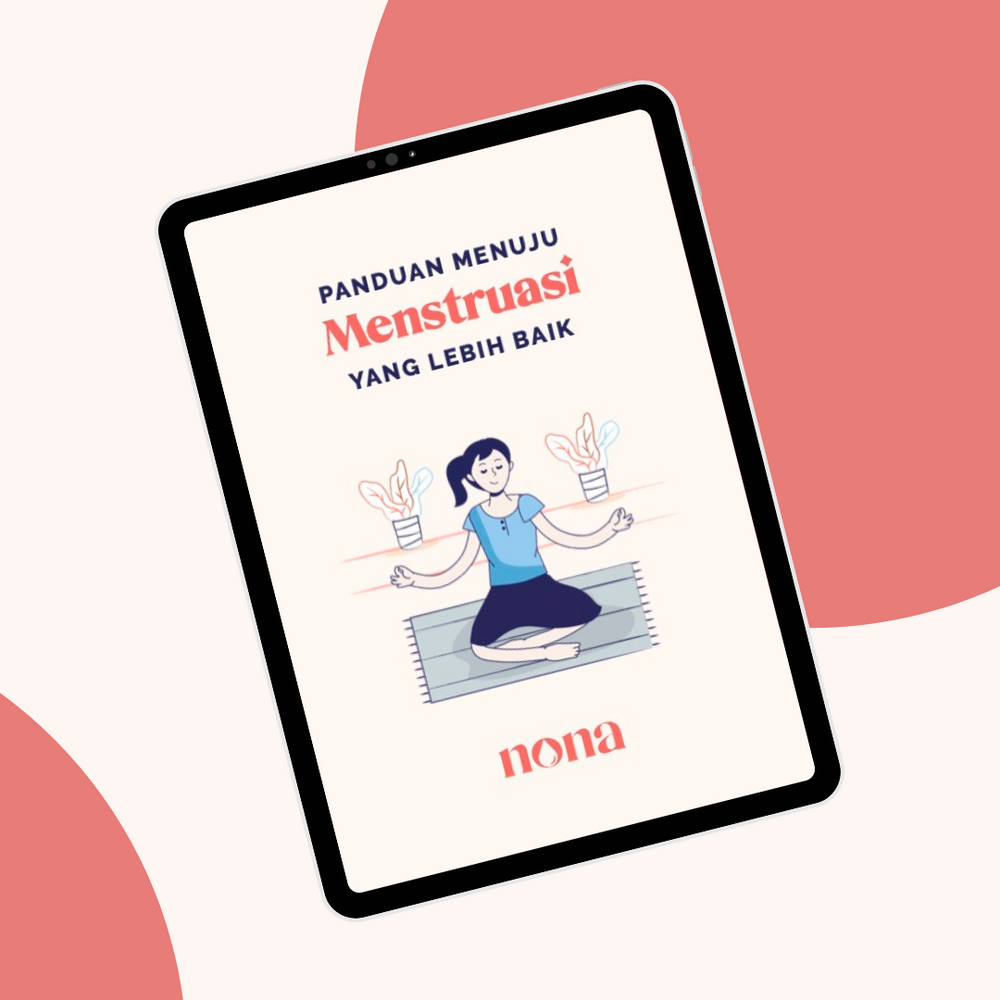Menstruation is a natural process in the female reproductive organs that aims to prepare for the possibility of pregnancy. This process is characterized by the thickening of the uterine wall which contains blood vessels. If pregnancy does not occur, the endometrial lining will shed and be shed with blood during menstruation. However, during menstruation, it is important to pay attention to the cleanliness of your intimate organs. How often should you change your pads every day? Read more here!
How Many Times Should You Change Pads in a Day?
Sanitary napkins are a solution for women to effectively accommodate and absorb menstrual blood. Every woman has a different flow of menstrual blood, so some need pads with a higher absorption capacity. Changing pads regularly is a must to maintain health and avoid bacterial infections from menstrual blood.
In addition, when the blood flow is very heavy, leakage can occur if the pads are not absorbent enough. Therefore, it is recommended to change pads every 4-6 hours when the volume of blood loss is very large. That is, in a day you are advised to change pads 4-6 times. That way, you can feel comfortable and stay healthy during your menstrual period.
Changing pads during menstruation can vary for each individual. There are many factors to consider, so the frequency of changing pads can vary. Some of the factors that influence the frequency of changing pads during menstruation include:
- Physical Activity
High physical activity can affect the frequency of changing pads in women. When actively moving or exercising, women need more frequent pad changes because they produce more sweat, especially on the vulva. In addition, the position of the pads can shift during exercise, increasing the risk of leakage.
To maintain cleanliness and prevent bad odors, adolescent specialist doctors recommend that sanitary napkins be changed every 3-4 hours for teenagers who are active in sports. Therefore, it is important for active women to pay attention to the frequency of changing pads so that they feel comfortable and avoid unwanted leaks. - The Weather
Hot weather can make our bodies sweat easily, and this can have an impact on the health of a woman's intimate organs. As your body temperature rises, the area between your thighs and vulva folds may become even more moist. If the pads are not replaced immediately, this condition can cause discomfort and even infection. Therefore, it is very important to pay attention to the cleanliness of our intimate organs, especially when the weather is hot. - Menstruation Period
Menstrual periods that every woman experiences are different, so how often you have to change pads also depends on your own circumstances. In the early days of menstruation, especially from the first to third day, usually more blood comes out or is called heavy flow. Therefore, it is recommended to change pads more frequently during this period.
However, as previously mentioned, every woman has a unique menstrual cycle, some experience heavy flow for a whole week, some do not. It is important to always monitor your condition and change pads as needed to stay comfortable and avoid infection. - Type of Pad
There are various types of pads available in the market, each with unique specifications and materials. In fact, size also plays an important role in its absorption capacity, such as pads specially designed for day and night. It is important to read the instruction label on the package before choosing a pad that suits your needs. Nona Woman offers a variety of 100% organic cotton pads.
Effects of Wearing a Pad for Too Long
Using pads for too long during menstruation can increase the risk of infection in the vaginal area. As long as pads are used for a long time, menstrual blood can accumulate and cause discomfort, heaviness, and moisture in the area. This can trigger the growth of bacteria and yeast in the area which can potentially lead to a vaginal yeast infection. In addition, using pads that are too long can also cause irritation to the skin around the vulva due to friction with pads.
The risk of toxic shock syndrome (TSS) is also present although the risk is lower than using tampons or menstrual cups, because the pads do not need to be inserted into the vagina. Therefore, it is recommended to change pads regularly and frequently to prevent bacterial growth, accumulation of menstrual blood, and reduce the risk of skin irritation and infection.
To maintain health and hygiene during menstruation, it is important to know how long you should change pads. Although it can vary from person to person, ideally pads should be changed every 4-6 hours or even more frequently if possible.
However, factors such as physical activity, weather, menstrual cycle, and type of pad can influence the need for a pad change. Therefore, it is important to consider each individual's condition when setting the schedule for changing pads during the menstrual period. By keeping this in mind, you can ensure optimal hygiene and comfort during your menstrual period.
References:
https://hellosehat.com/wanita/menstruasi/berapa-kali-ganti-pembalut-saat-haid/
https://www.halodoc.com/artikel/berapa-kali-sebaiknya-ganti-pembalut-saat-menstruasi
https://www.sehatq.com/artikel/ganti-pembalut-sebaiknya-berapa-jam-sekali



Leave a comment